You might expect me to make some kind of excuse that, oh well, it’s Rosé time of year, but I have a confession to make. I drink Rosé throughout the year, sometimes even when it’s cold and wet. I’ve been showing these tendencies for a few years. I try to keep quiet about it in certain places (Australia, mainly) because it’s not really nice to have your manhood questioned, and very dated jokes being made about wine for Sheilas or “the ladeeez”. But I don’t mind sharing with people who actually like wine for what’s in the glass, like you folks reading my blog.
I think I’ve always known I like Rosé. It’s just that in the early days the ones I liked were not of the fashionably light pink hue that seems to provide the most commercially successful wines today. There were a couple of reasons why I tended to buy darker Rosé wines. First, they seemed to me by far the most interesting. Also, many were quite a bit more expensive than the paler pinks from Provence, and they tended to be pink(-ish) wines which could age.
That was very important in the UK where we never seemed to get the most recent vintage, which didn’t seem to be bottled and shipped quite in time for our summer…or maybe the wine chains just got a better deal on the previous vintage’s leftovers. But if you found Rosé wines which could, and occasionally had a strong desire to, age, then it didn’t matter.
The catalyst for this article was reading Elizabeth Gabay’s “Rosé – Understanding the Pink Wine Revolution”, yet another work in the Infinite Ideas Classic Wine Library series. Liz’s book was published in 2018 so it has taken me a while to get around to reading it. What I plan to do here is talk about the book a little whilst taking readers on my own pink wine journey. At the end of the article, I’ll tell you which my favourite half-dozen Rosés are, and why.
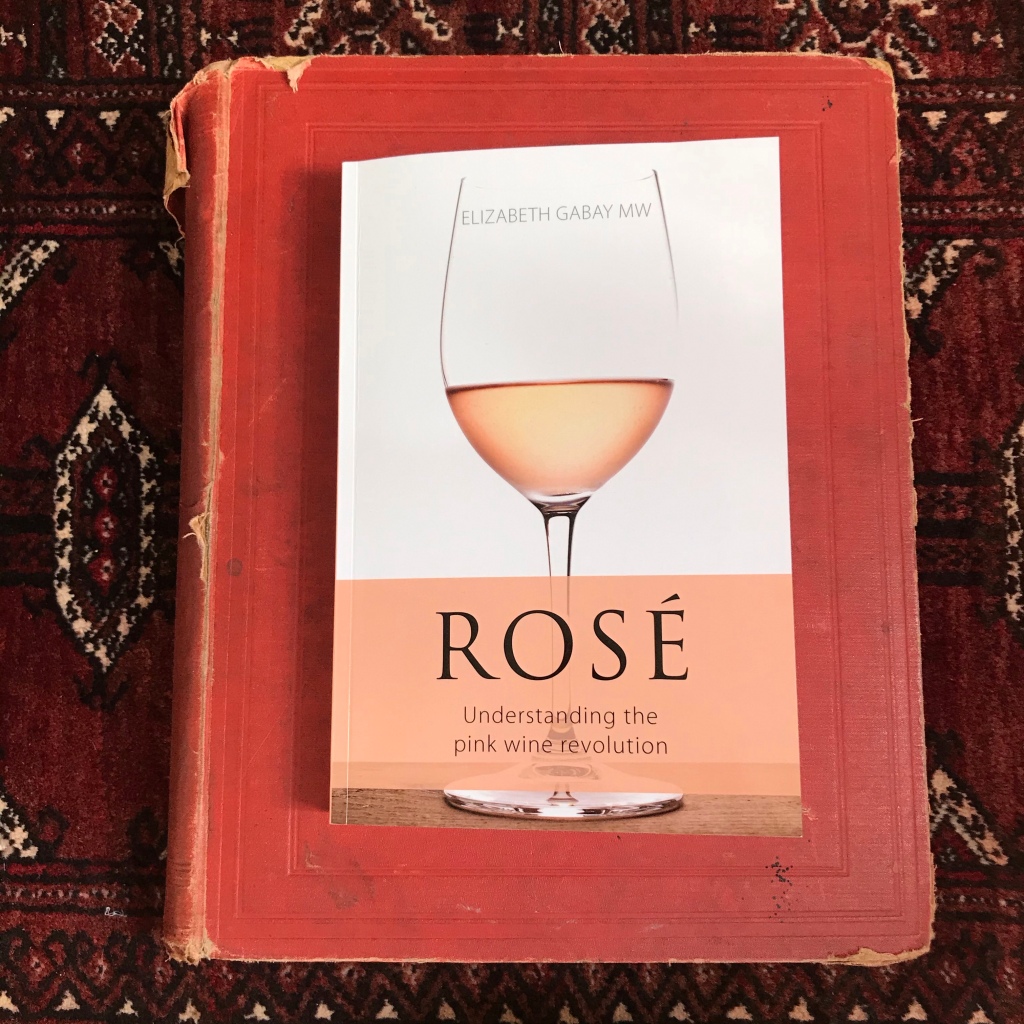
This particular book is slightly different from the other half-dozen-or-so I’ve read in this series. That difference is both a positive and a negative in terms of who the book will appeal to. If you take the last books I reviewed in the series, Matt Walls’s Rhône Wines, or Anne Krebiehl’s Wines of Germany, they both fit neatly into the type of book which takes a wine region, or country, describes its regions or appellations, and then gives us an entry for what the author perceives as the top, or best, producers. This book attempts to describe a wine style over the whole world, and indeed “wine style” is grossly inaccurate because Rosé comes in many styles. It also describes the industry of Rosé. This means that you get the commercial side of the larger producers represented as well as the smaller artisan labels which my own readers are probably more interested in.
So, Liz’s book has appeal for those in the wine trade, especially those wishing to study for the higher WSET levels or the Master of Wine qualifications. It isn’t a massively technical book, but it is technical enough not really to be of interest to those who buy their Côtes de Provence Rosé in the supermarket (who, if at all, might prefer a chatty, slim, wine guide). The elements relating to commercial production may, conversely, not appeal to the aficionado. That said, this wide-ranging book is as important as Simon Woolf’s on Amber (orange) Wine. If you don’t know much about Rosé you are missing out on one of wine’s fast-growing market segments.
Although you will read plenty about wines (in the general sense) many of you would not immediately consider going out to buy, the book does have a thread running through it which isolates serious examples in this genre. They are very often not the most fashionable wines among the general population, and it is clear that the apparent clamour for pale pink wines in a clear glass bottle (with a real chance of light strike affecting their quality) is not one always shared by connoisseurs of the Rosé style.
The book, after a couple of introductory chapters, begins by exploring what Elizabeth Gabay MW calls the “historic” Rosé regions. It’s here that we first meet the profusion of styles, with Bordeaux Clairet, Tavel, Rosé des Riceys, Cigales, Siller/Schiller/Schilcher, Cabernet and Rosé d’Anjou, and Vins Gris (including Oeil de Perdrix) offering a perfect reflection of how strikingly different Rosé tradition can be.
Here we meet several styles which I found attractive in my twenties. Tavel, because I visited the appellation back in the 1980s (and immediately after bought the wines of Domaine Maby from Yapp Brothers). Rosé des Riceys felt like a genuine secret when we first discovered it, staying with honeymooning friends close-by, in France’s Aube department, when travelling down to the South of France (incidentally a trip on which I visited my first Provençal producer, the beautiful Château Sainte-Roseline, near Les Arcs-sur-Argens) in the mid-1980s. It took me decades and a producer called Olivier Horiot to convince my friends how majestic a properly aged bottle of Rosé des Riceys can be.
Back in the day, Marsannay, at the northern end of the Côte de Nuits in Burgundy, used to be the Pinot Noir Rosé often pointed to as something different. These were the days before Marsannay had been granted a Village AOC for red wine, and the pink wine stood out within the Côte d’Or. Personally, I found it pretty simple beside a good wine from Les Riceys (which, of course, has long been an almost secret source of Pinot Noir for some of the biggest and most famous Champagne Houses).
One other grape variety I’ve not mentioned is Gamay. It is rarely thought of as a top Rosé variety, but the Beaujolais has made tasty pink wine for years, and the Ardèche clones seem equally as capable. But again, I seem to discover wines from off the beaten track, and certainly one of my favourite in recent years has been from Switzerland’s Valais, Domaine des Muses being an estate whose range I have sampled liberally. Surprise, surprise, though this really is a surprise, it has an uncanny ability to improve with age too (though we are not talking “Riceys”, just a few years).
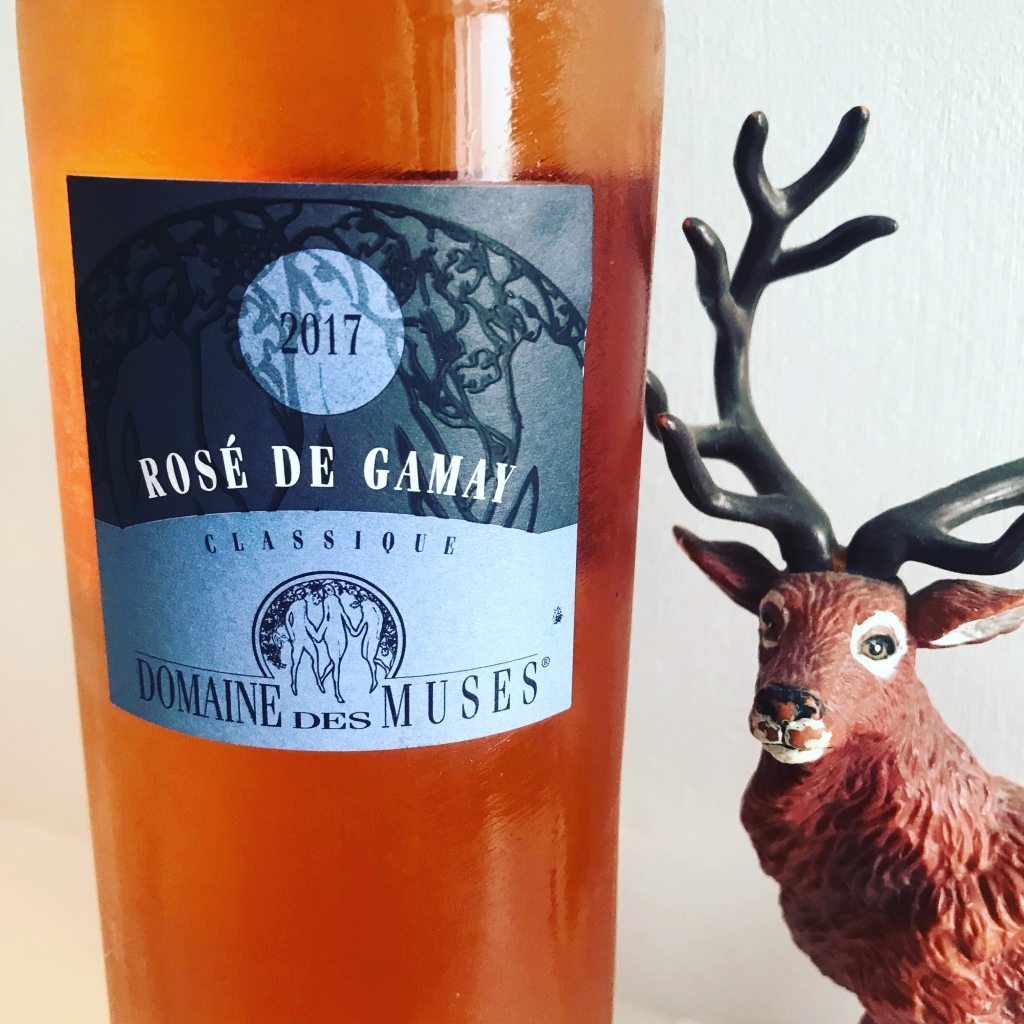
Schilcher came via a Viennese friend’s obsession with very dry sparkling wines. Once I had served her a nice Extra Brut Champagne in the UK, she felt I was ready for this Styrian speciality (and I most certainly was). Vin Gris experiences came from Toul, and Oeil de Perdrix from Switzerland (via Swiss friends in Geneva this time, but try the wine I wrote about recently from Domaine Montmollin in Auvernier, Neuchâtel), Both were preceded by Gérard Cordier’s oeil de perdrix Pinot Gris from Reuilly in the Loire. This was another staple from Wiltshire wine merchant Yapp Brothers (who have a beautiful, restored, old brewery as their headquarters, in Mere). It strikes me that Yapps sell one of the best and most diverse range of Rosé wines in England.

We then travel with Liz to Provence (which we shall return to), and the other classic French regions for Rosé, before we head over to North America. Here we go from the sublime (SQN) to the…with Blush Zinfandel. It’s such an important style. You may think you don’t want to read about Blush, but you need to. You know how, in an election, you think “how can anyone possibly not see through all the lies and vote for that…?” It’s a reminder that whilst we all geek over wine, in real life it’s just a beverage. One that if it’s easy down the throat, looks nice, costs relatively little, and has a few million marketing dollars thrown at it, will make someone a tidy profit by shifting millions of units albeit on small individual margins. It will also give millions of casual drinkers genuine pleasure.
You know, there’s a lot of wine like this in the Rosé sector. Thankfully, some are still making the hidden gems. One from North America appears in my last article, “Recent Wines April 2021 (Part 2)”. I drank my first ever bottle of Jaimee Motley’s Mondeuse Rosé only last month and it nearly made my top six, being I’m sure the best pink wine hailing from California I’ve ever drunk. I am promised by its importer that the bottle of Smockshop Band Spring Ephemeral Rosé from Hiyu Wine Farm in Oregon, which currently sits in one of my racks, may even surpass that.

The Southern Hemisphere follows next. Both Australia and New Zealand make fine Rosé. If I was forced to choose one Australian off the top of my head it would probably be Julian Castagne’s Allegro. For New Zealand, well my head was first turned by the whole bunch Pinot Noir Vin Gris from Otago’s Felton Road (which I first drank in a restaurant called Ginger Boy in Melbourne’s Central District, on the wonderfully named Crossley Street).
An interesting aside, which shows the disconnect in Australia over Rosé wine: the author mentions that Rosé is currently the fastest growing sector for wine in Sydney (well, 2017 figure), yet in Australian wine guru James Halliday’s “Top 100” published in the Weekend Australian (Nov 2020), he selected not one single Rosé (not even a fizzy one). I can’t speculate as to why, but whilst the Rosé style is becoming fashionable with younger Aussies, there is still that lingering suspicion that to some old, white, grey hairs, it is still a wine for “Sheilas”. Younger drinkers, interested in funky natural wines like Gentle Folk Wines’ “Rainbow Juice” Rosé (Basket Range, Adelaide Hills) won’t be thinking too much about the dinosaur viewpoint (not that I have the remotest idea what Halliday’s view is…maybe he just thinks that no Aussie Rosé makes the Top 100?.
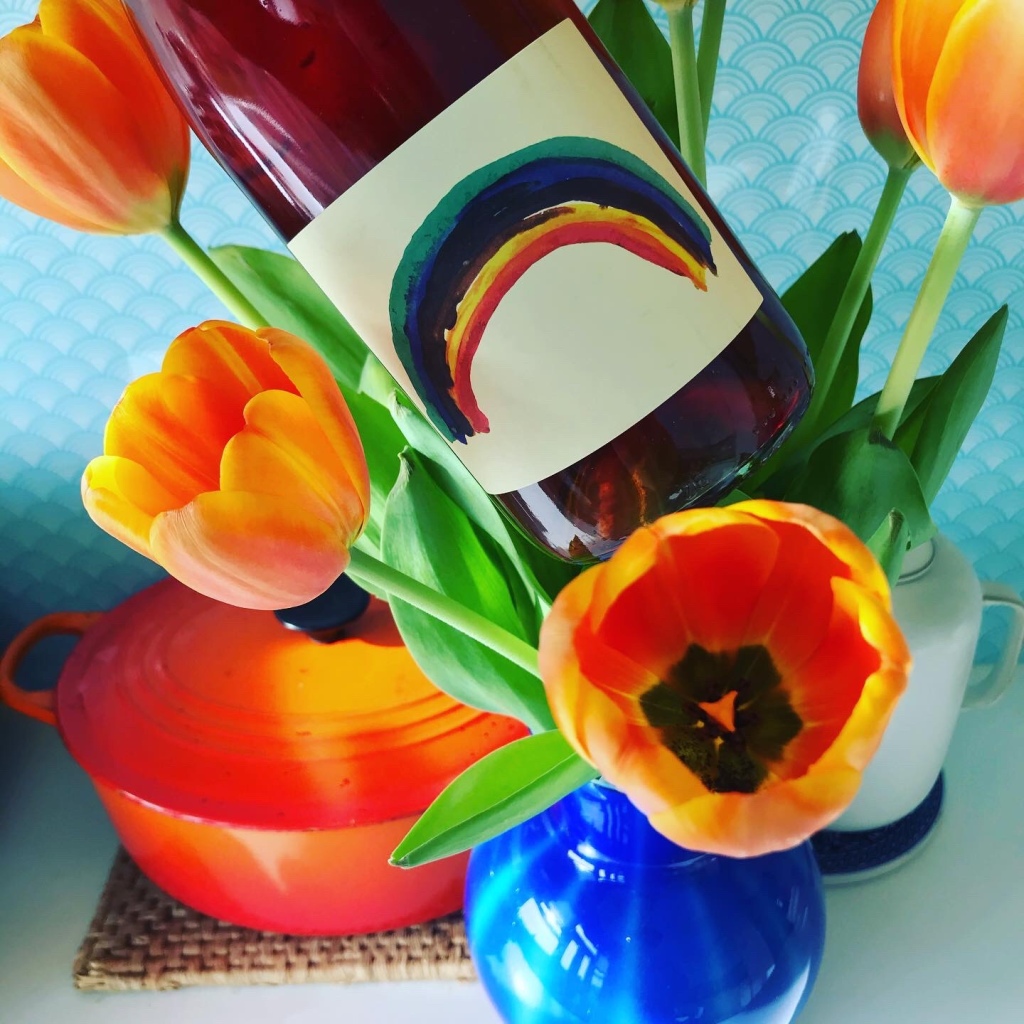
I don’t propose really to include Pink Sparkling Wine here, much as I love it. In fact, I’m so partial to this colour of fizz that it would take up way too much space, but suffice to say that Elizabeth Gabay gives it a Chapter. If there were ever another edition, I think this is one place where she might expand her coverage a little. Grower Champagne is producing some truly unique styles we haven’t really tasted before (take Jérôme Prévost, Cédric Bouchard and Pierre (Rodolphe) Péters to name just three).
England is producing some fine Rosé sparkling wine as well, especially from newcomers like Jacob Leadley’s “Black Chalk” (Wild Rose), and wines with a clear unique selling point, such as Exton Park’s occasional release of a pure Meunier made by their brilliant winemaker, Corinne Seely. We Brits are also joining the pétnat revolution with the likes of Tillingham and Westwell (to name but two very successful interpreters of the genre).
The final part of the regional coverage returns the reader to the rest of Europe. The author gets into many nooks which remain a mystery to the majority of drinkers. Again, I’m sure another edition would expand a little more on Germany and Austria, both hitting us with a host of remarkable pink wines in literally the past two or three years in some cases, with special mention to Burgenland generally (source of one of my top six). If you want to know why, it’s largely because the “natural wine” producers in these countries especially (but it’s a trend which is widespread) are less hung up about the commercial viability of any style. If they want to make it, and it’s good, then they will hand sell it to specialist importers who know how to place these wines.
In this respect I must mention Alsace, where with red wines becoming truly red these days, there are some fantastic true Rosé wines, mostly made with Pinot Noir, from producers including, inter alia, Christian Binner (Si Rosé very nearly made my top six, and perhaps it was an error that it didn’t), Lissner and Beck-Hartweg.

The book finishes with around thirty pages on “the business of rosé”. Many of you will read this and think you have moved into a completely different world, but it’s a great lesson that you and I inhabit but a tiny little corner of the wine business. In fact, I’m going to put it in print here that I probably learnt more that I didn’t know from Elizabeth Gabay than from any other wine book I’ve read in the past few years. That’s despite knowing perhaps almost as much as the author about some of the less commercial and more geeky styles of Rosé covered.
Ah, I promised we’d get back to Provence. We all know, I imagine, that what the public adores is a nice pale pink which can be sipped on the patio and immediately (if our weather gives us just a chance) to be transported to Cannes, or Saint-Tropez. A few may even be able to conjure up a (pale?) imitation of bouillabaisse to go with it. If it has a nice easy name, like Whispering Angel, so much the better.
I am no less enamored with Provençal Rosé, as you will see from my selection below. However, the ones I like most tend to be a little different, almost certainly a little darker, and in my opinion a little more gastronomic. And, of course, I believe more capable of ageing (not that I personally keep these wines for many years, with the exceptions of Rosé des Riceys, Tondonia, which is released with some age on it anyway, and perhaps Château Musar’s Rosé).
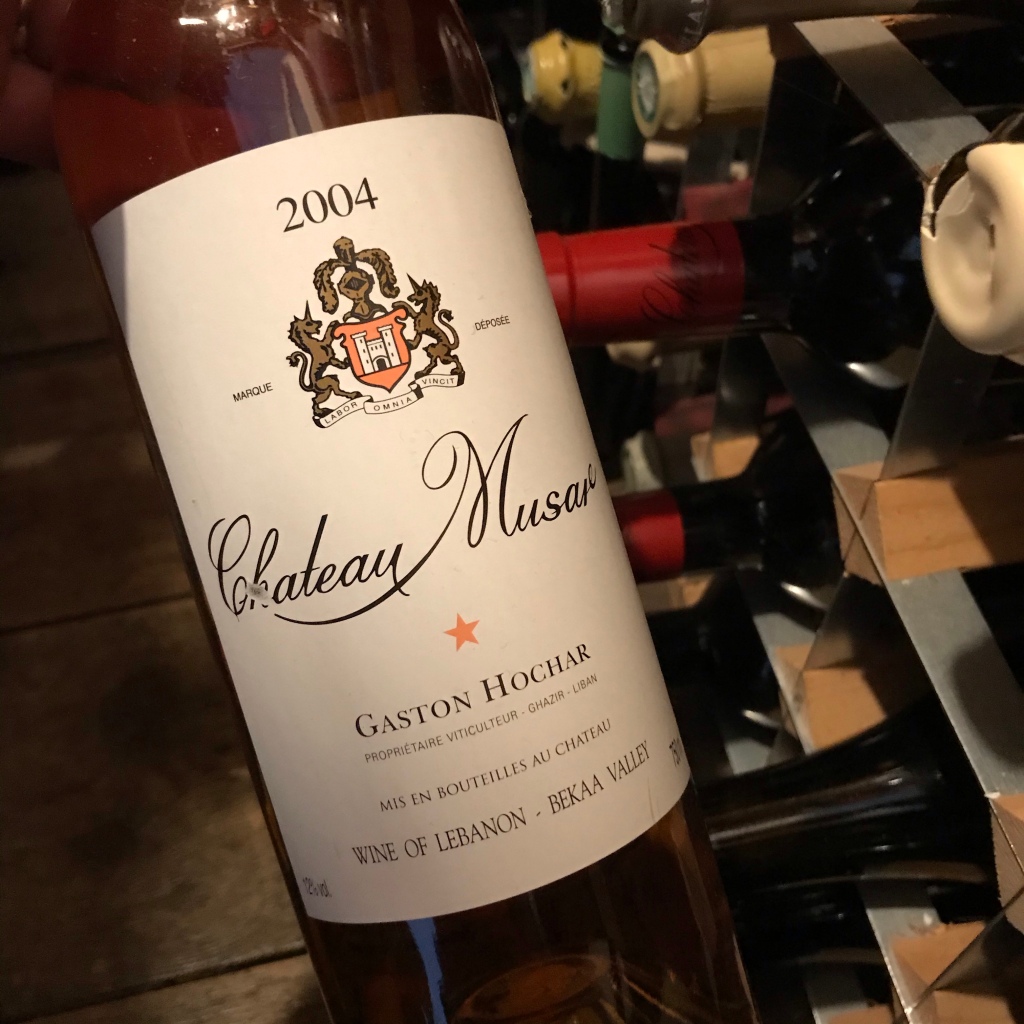
There were dozens (literally) of pages in this book where I found an interesting fact or anecdote, and where I’d folded down the page, intending to mention them. But they would just lead to an enormous list. Even longer than the useful list the author includes in her “conclusions” after the final chapter.
The book does have a few minor frustrations (perhaps more so for the author than the reader?), in which I would include some poor proofreading and some frustrating omissions in the index (I think this specialist publisher ought to employ an indexer who really knows wine). But that should not put you off reading it. It’s perhaps a left-field choice for many of my readers, but as I said, I learnt a lot, and Rosé is important, whether or not you are taking a pretty bottle off the shelf in Tesco or looking for something obscure and somewhat more expensive in an indie wine shop. Whilst it might sound more of a textbook than some in the series, it really isn’t. It was equally an enjoyable read as well.
And now to my favourite Rosé wines. I’ve mentioned a few pink(-ish) wines already throughout this article, all of which merit trying by that mere token. This time, for once, I really am going to stick to six, albeit an impossible task because it means I’ve missed out Domaine Tempier in Bandol…but then it’s their reds I love most and my guess is that if you know any of my favourites already, it would be Tempier. My friends will wonder why we don’t see L’Uva Arbosiana from Domaine de la Tournelle, but as Liz Gabay rightly points out, Poulsard makes “false Rosé”. A Rosé is not defined by its colour but by its vinification and Poulsard/Ploussard counts as a red if it’s made as a red. Well, it saves my blushes!
I’m fairly sure I shall forget some but here we go, David Crossley’s definitive six most tasty, exciting and best Rosés in the world, ever (in no particular order):
Château Simone, Palette, Aix-en-Provence
I once tried to find this place around thirty-odd years ago but failed, though you can glimpse it from the autoroute as you speed eastwards, towards the beaches. The Rougier family takes 45% Grenache and 30% Mourvèdre, and adds in a mix of Syrah, Castet, Manosquin, Carignan and Muscatel (according to UK importer Yapp Brothers). It’s old school, aged in oak, ageworthy, ruby red and complex. For the table and perhaps the first truly serious Rosé I fell for.
This is another wine that proves Rosé is not defined by its colour. As with Tavel (at least more traditional Tavel wines), it can look more like a light red than “pink”.
Try Yapp Brothers.
Clos Cibonne Rosé Tradition, Côtes de Provence
Cibonne is by contrast made from a single variety, Tibouren, in the part of the Côtes de Provence to the east of Toulon. Elizabeth Gabay says “Tibouren is regarded by many in Provence as the traditional variety for making Rosé”. This autochthonous variety went out of favour in the second half of the 20th Century, so most Tibouren today is good old vine stock. Gabay also reveals a genetic connection with the Rossese variety of Western Liguria, which figures.
Cibonne makes several cuvées, but at this simple level you get a Rosé with a haunting, floral-dominated, bouquet and fresh red fruits, riper in a warmer year. What makes the wine unique is that it is aged in old barrels under flor. Just a very thin layer forms, so it’s not really as noticeable as in a biologically aged Sherry, or a Vin Jaune. It just adds a lot of complexity.
From Graft Wine (formerly Red Squirrel).
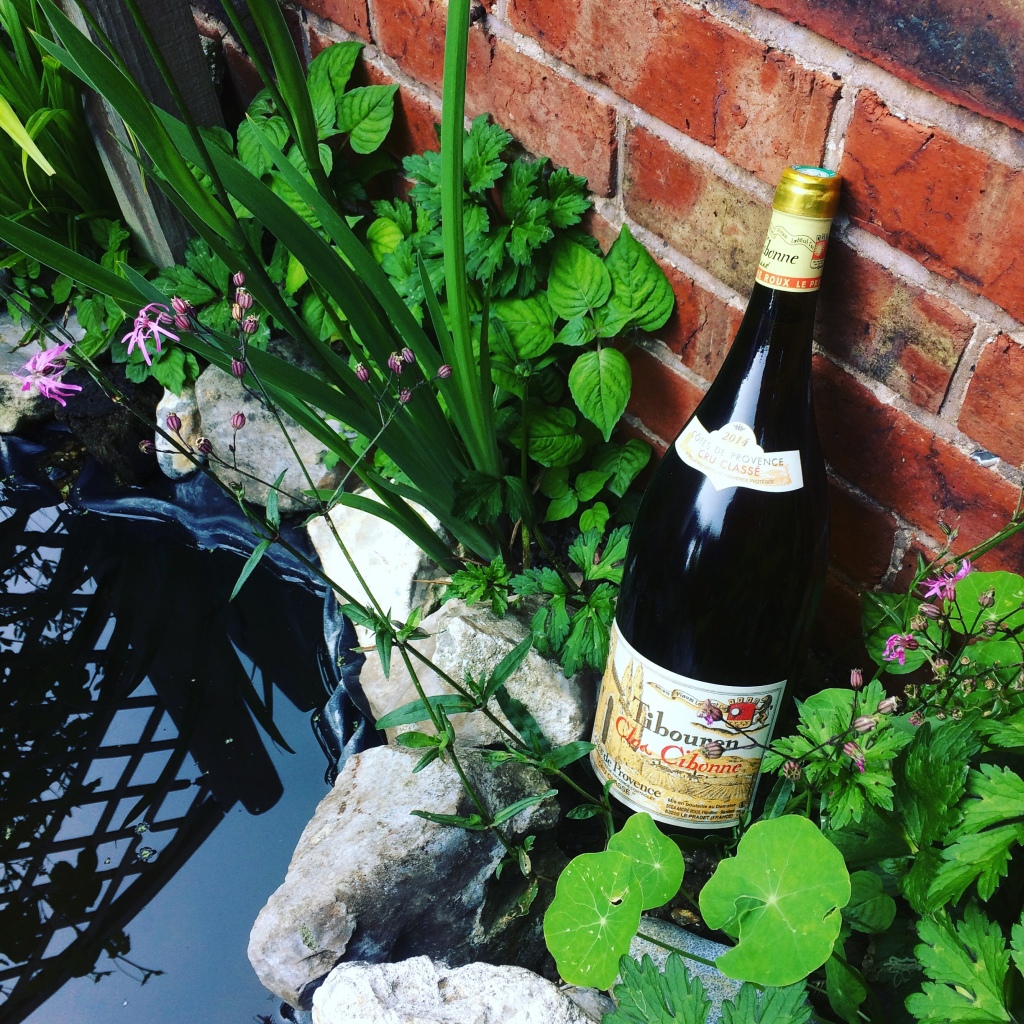
Domaine Sainte-Magdeleine, Cassis
There’s an argument for suggesting that Domaine Sainte-Magdeleine is the most beautifully located vineyard in France, sitting as it does atop the cliff that is Cap Canaille, within the UNESCO World Heritage “Les Calanques”, just overlooking the town of Cassis itself.
Jonathan Sack-Zafiropoulo now runs the domaine, whose wines are sought in the cafés and restaurants of the town, especially this Rosé (the white is excellent, if unusual, too). Made from a blend of Grenache Noir, Cinsault and (the largest percentage) Mourvèdre. Coral pink in colour, all red fruits and fresh acids, but with the weight, as UK importer Yapp Brothers suggests, to accompany crab or lobster. I would describe it as perhaps the closest wine here to what the public is looking for in a bottle of Rosé, yet somewhat more serious (as you’d hope from a bottle which retails for around £25).
Olivier Horiot, Rosé des Riceys, Les Riceys, Côte des Bar
It might seem unfair that four of my six choices are French, but there are many clues to follow in the article as a whole to enable you to seek more widely, and at least this one isn’t from Provence. Olivier makes two single vineyard Rosés, definitely terroir-expressive, so different (including in terms of their ability to age, I think), but whether you find a bottle of Valingrain or En Barmont, go for either. Drink them on release and you’ll be mad at me, and my palate (and shocked they are tannic). Age them a decade or more and you will find haunting Pinot Noir, with scents of tea leaf, dark cherry and dark chocolate, sometimes with a top note of soft strawberry.
I won’t go into the vinification, which is described in the book, but these wines are rare and fine. Judging by the results of a 2012 tasting presented by Eric Pfanner in the New York Times, which is mentioned in the book, and which included the producer I first encountered and some years later revisited, Morel Père et Fils, some of the original vintages I purchased there (1982 and 1983) might still be hanging on. The hints of wild strawberry and liquorice noted by Pfanner absolutely ring true with me.
Ask re availability for Olivier Horiot at Winemaker’s Club (London). The Sampler has sold them in the past.

Lopez de Heredia, Viña Tondonia Rosado Gran Reserva, Rioja
When we think of unicorn wines it’s not Rioja that comes to mind, but even less so a pink wine. For decades the traditional Riojas of Lopez de Heredia in Haro have been seriously under-priced, and even then, only enthused over by people like me (and doubtless many of you) who have occasionally sampled gems from the 1970s, 1960s, and if we were very lucky the 1950s. But a Rosado?
This cuvée is an example of where the wine is so good that it overcomes a lack of fashionability. It’s a blend of (usually) around 60% Garnacha with Tempranillo and maybe 10% of Viura. Released as a Gran Reserva when supposedly ready to drink about a decade after the vintage (that’s what LdH say but most experienced consumers will counsel another three, or even better, five years in the cellar), it has a traditional upbringing which includes four years in barrel, not really the norm for a pink.
The colour can vary and some vintages have looked almost blood orange, but the 2010 appears closer to onion skin pink. The complexity of this wine amazes first time drinkers. You do get red fruits but there’s always a lot more. I usually find the scent of those tinned mandarin segments we ate as children and, like my mother, we put into lime jelly for our own children. So, a Proustian wine, but not a vegan wine: it’s fined with egg whites even today.
One word of caution though. The price of the LdH Rosado has gone crazy, even if you can actually persuade your wine merchant to sell you some (most go all Parisian hipster wine bar if you ask). You can buy the 2008 for £106/bottle in London, though the current 2010 might be had for around £50-60 if you bid for a three pack on various auction sites. I guess with Simone almost hitting £40 these days, it’s not a big leap. But I’ve given up on unicorns.
If you need a bottle, I recommend trying Hedonism or Berry Brothers’ London shops. Many independents obtain a tiny amount but what they don’t put straight into their personal cellars goes within ten minutes. If you see a bottle, pounce.
Gut Oggau, Winifred Rosé, Burgenland
I had to include a pink wine from Burgenland, and the shores of the Neusiedlersee offer so many fine Rosé wines that I can’t even list the also-rans. Almost every kilometre around the whole circumference of the lake will yield a bottle you should grab. But this one, from Oggau, just north of Rust, is the ne plus ultra. In my humble opinion, of course. Perhaps if you are really interested in the fun aspect of Neusiedlersee pinks, you could also grab something from Rennersistas or Koppitsch.
Stephanie and Edouard Tscheppe-Eselböck have created a literal family of wines, as depicted as characters on the labels. Winifred is part of the younger Gut Oggau generation. There is a reluctance to enlighten the consumer as to the varietal composition of the wines, the desire being for us to see them as expressing the terroir. It’s a worthy ideal (and certainly as valid for a Rosé as any other colour), but because consumers want to know, then writers like me have a tendency to spoil things.
So, we are likely to have 60% Zweigelt and 40% Blaufränkisch. It’s worth mentioning because, as with Gamay in France, Zweigelt is vastly underrated for making Rosé wines. This one uses low-yielding old vine fruit, gently pressed, but the colour is still on the darker side (magenta or fuchsia).
The bouquet tends to cherry and cranberry, the palate perhaps raspberry and apple, with zip and texture (it sees some time in used oak). The wine is joyous and soulful, with both a frivolous and a slightly more serious side. Kind of perfect really. Certainly less “serious” than the wines listed above, but absolutely no less amazing.
Gut Oggau can be had from Dynamic Vines and Antidote Wine Bar (both London).


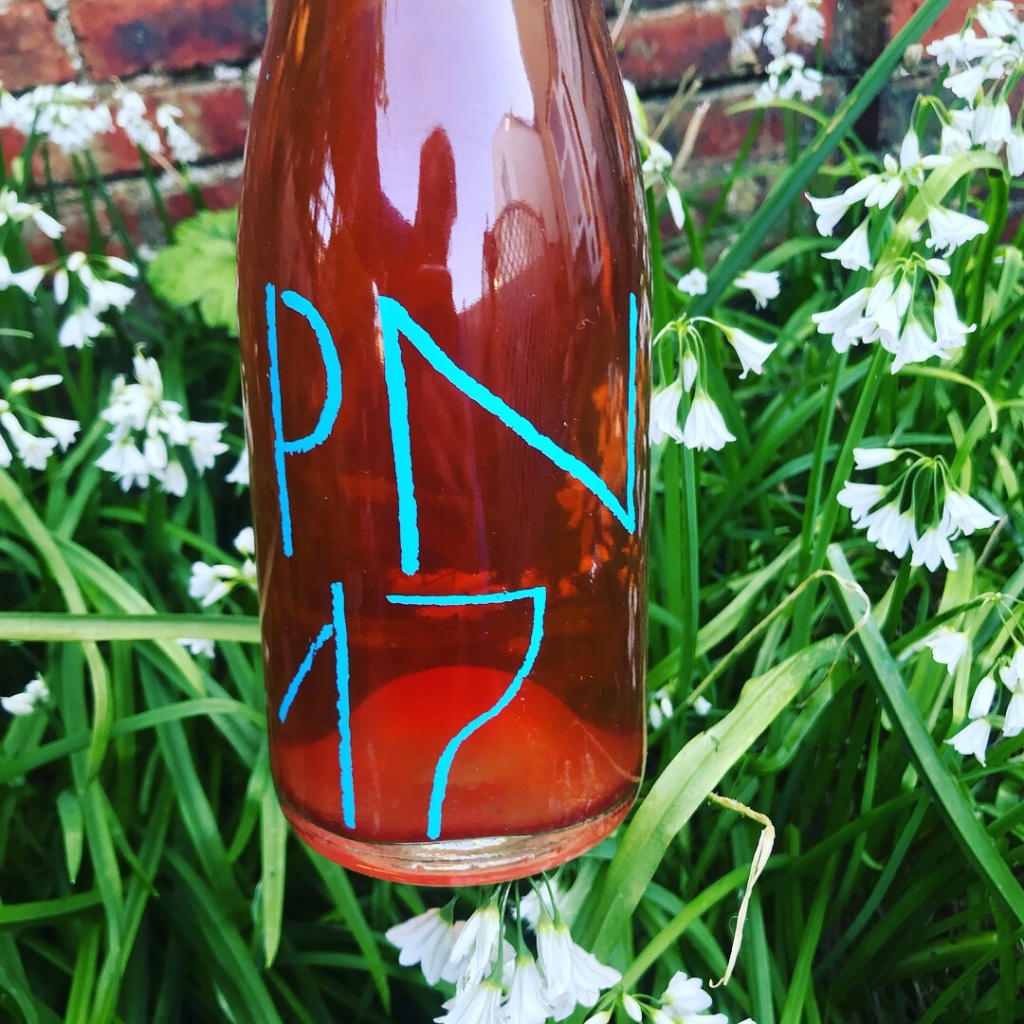

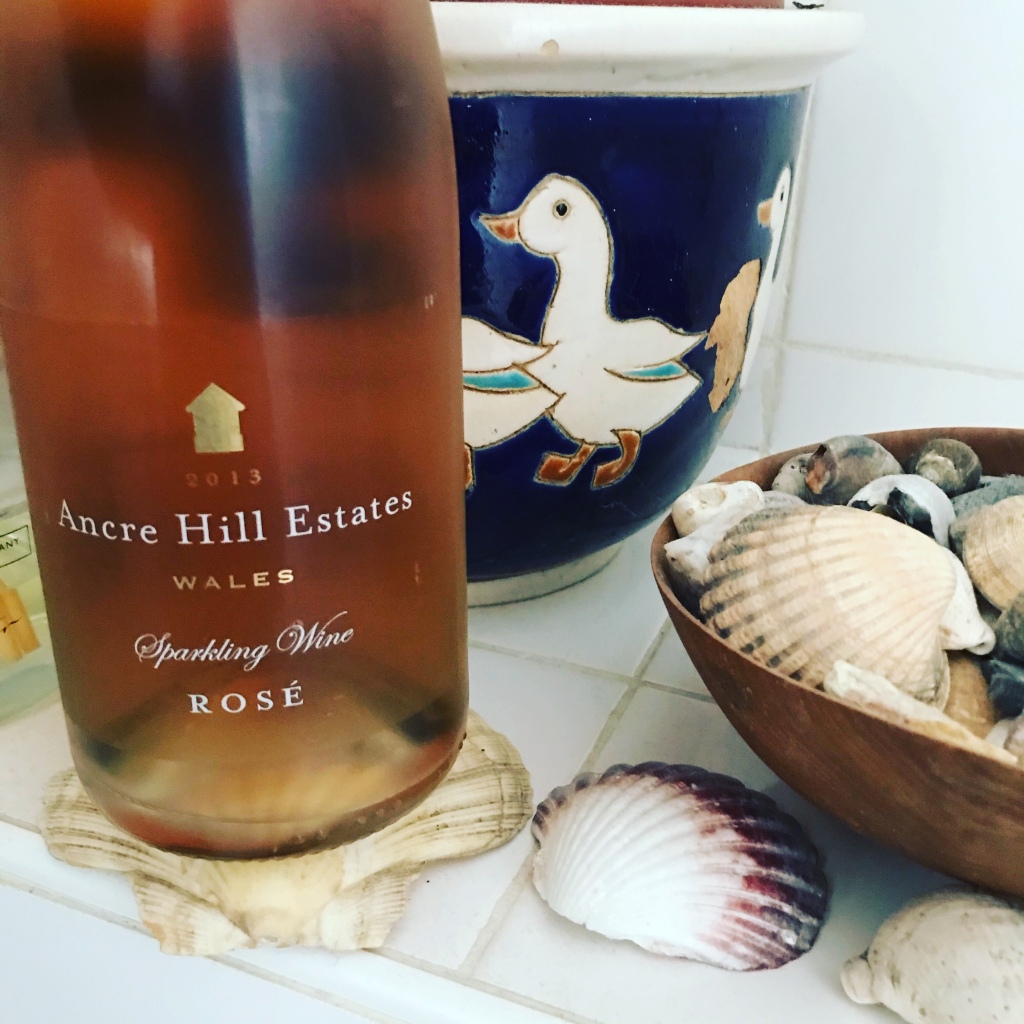

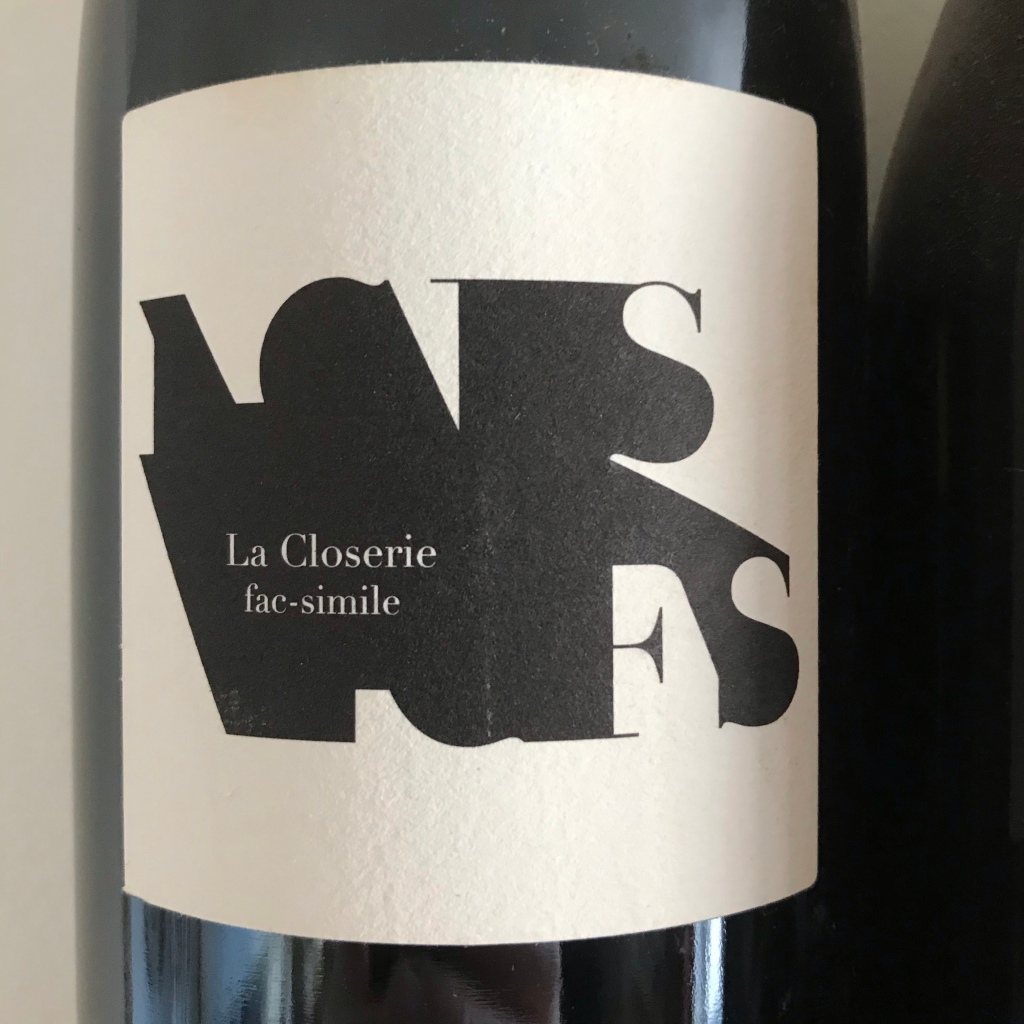



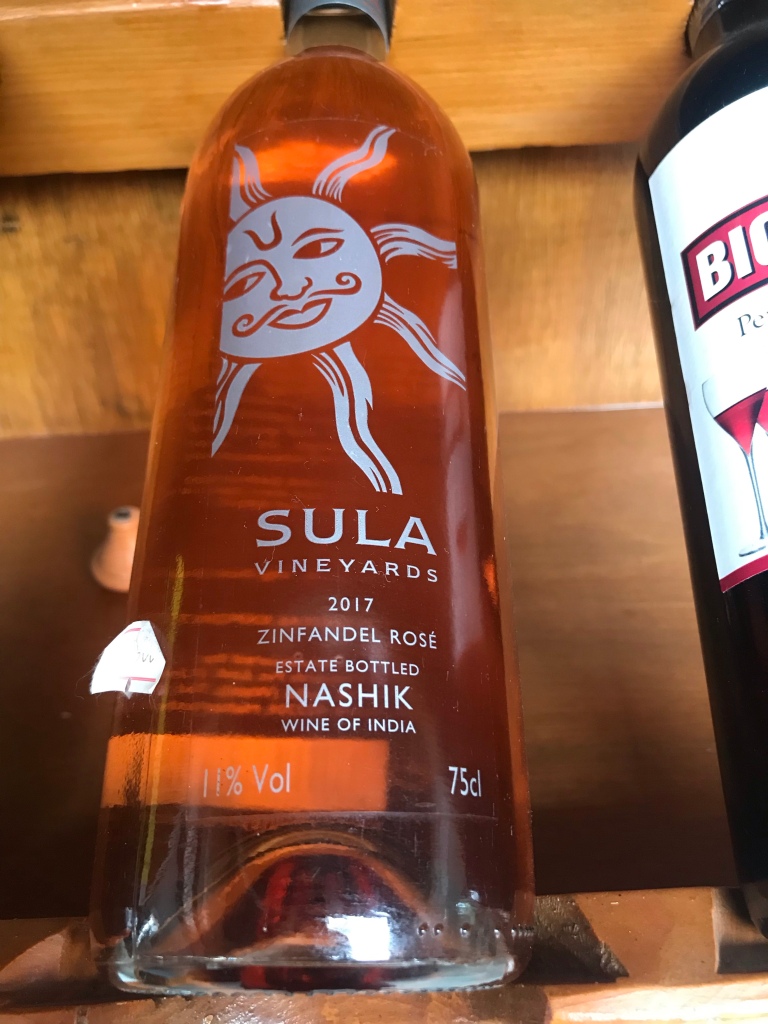
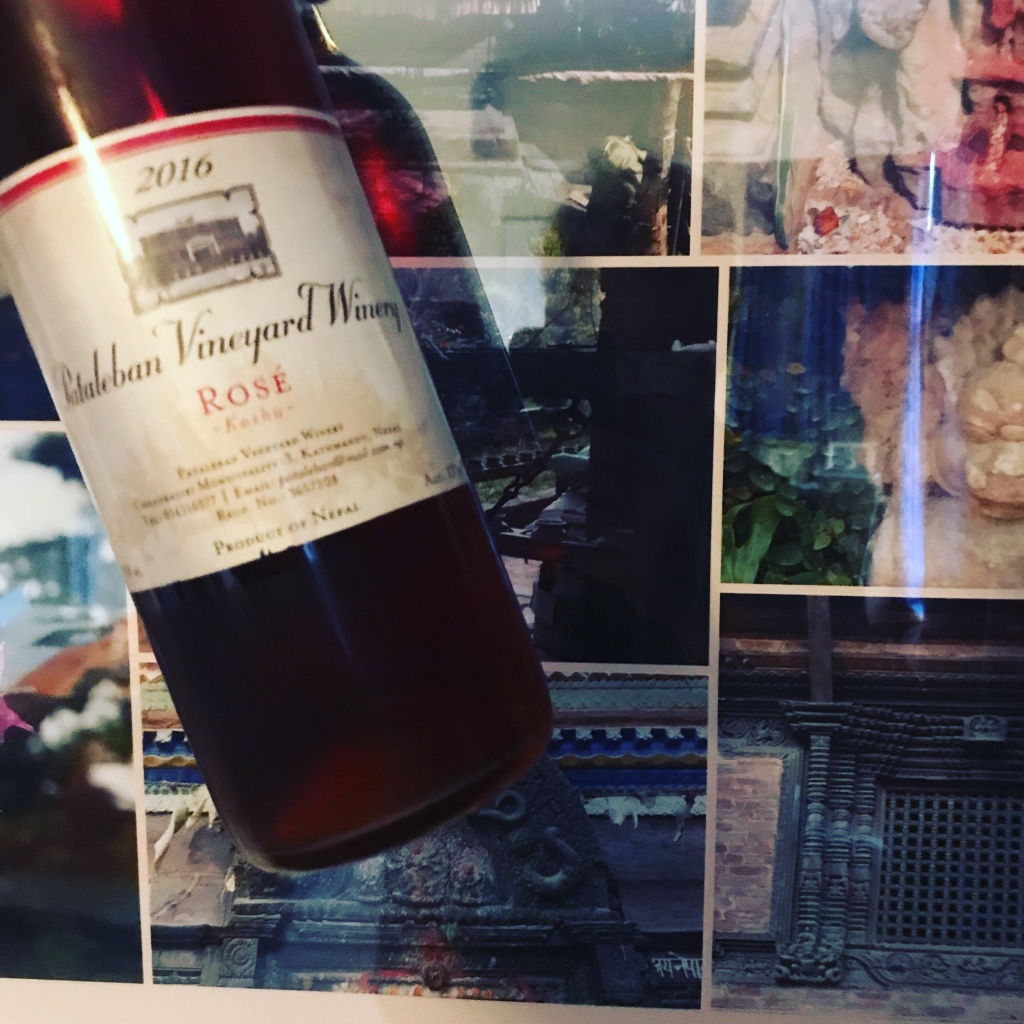
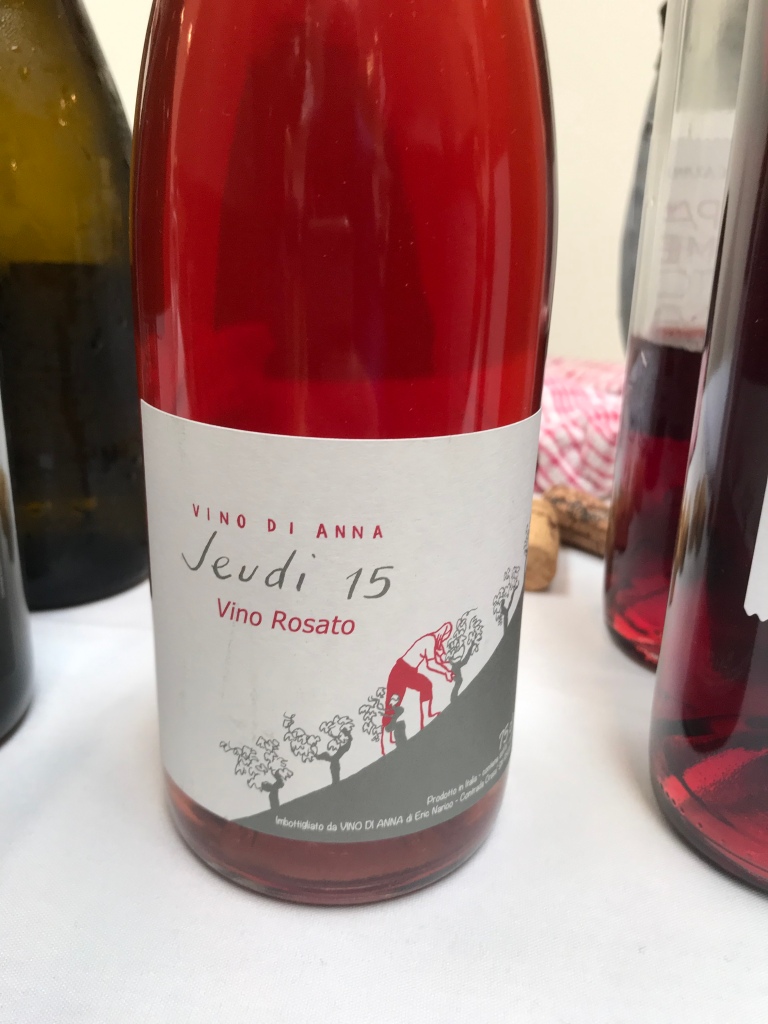
I love rosé & just as importantly so does Mrs C.
In no particular order an assortment of favourites.
Tondonia (the best, IMO. Very difficult to obtain. Missed out on two most recent releases ’09/10).
Tempier (annual purchase)
Niepoort (drinks like a red)
Morderée Tavel (dropped off my radar)
Langham (English pink fizz has finally much improved, needs some age)
Bernard Baudry Chinon (annual purchase)
Charles Melton Rose of Virginia (from Barossa!).
Denis Jamain Reuilly (different)
Sylvain Pataille Marsannay (age-worthy. Most Burgundy rosé is hopeless).
Côtes de Provence Rollier de La Martinette (perennial favourite, no longer stocked by local merchant).
Coincidentally, purchased the Clos Cibonne Tibouren ’18 last weekend, for when the weather eventually warms up. A food wine: previous releases have shown plenty of character in a Tondonia fashion.
LikeLiked by 1 person
A superb selection. The Baudry reminds me how that part of the Loire makes some beautiful unsung pink wines. I remember staying near Chinon a few years ago. Cycled west, stopped for lunch, shared a bottle, then realised the post-lunch stretch was uphill 😬. Not drunk the Melton for 10-20 years but another good call. With English you can always substitute Black Chalk with Langham, both top stuff.
LikeLike
Lovely, insightful round-up and review, David! And you are indeed in for a treat with that Hiyu…
On Mon, May 17, 2021 at 10:53 AM David Crossley’s Wide World of Wine wrote:
> dccrossley posted: ” You might expect me to make some kind of excuse that, > oh well, it’s Rosé time of year, but I have a confession to make. I drink > Rosé throughout the year, sometimes even when it’s cold and wet. I’ve been > showing these tendencies for a few years. I try to ” >
LikeLiked by 1 person
Can confirm that Tondonia Rosé is usually snapped up by indie merchant staff – allocations are minute.
LikeLiked by 1 person